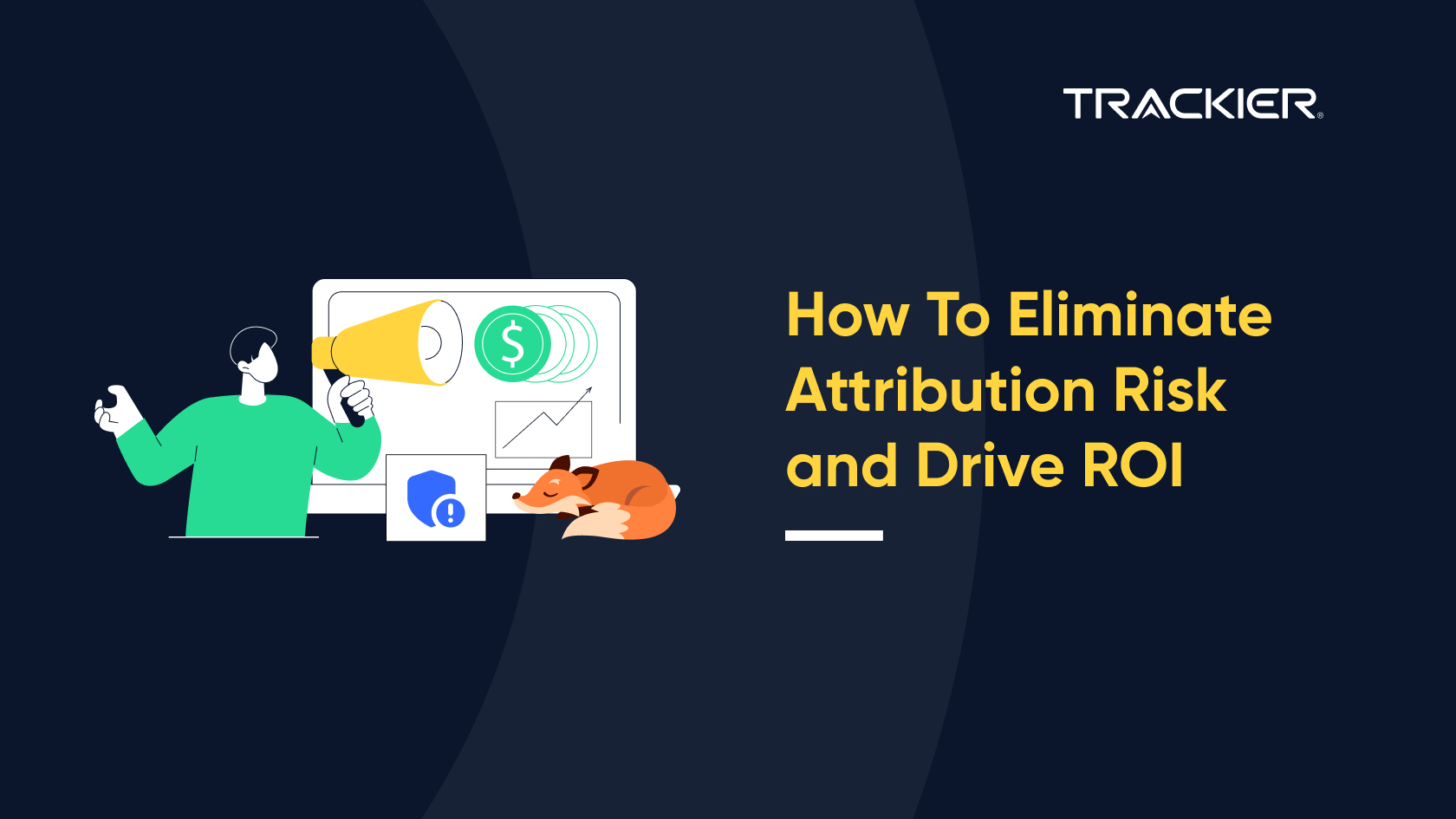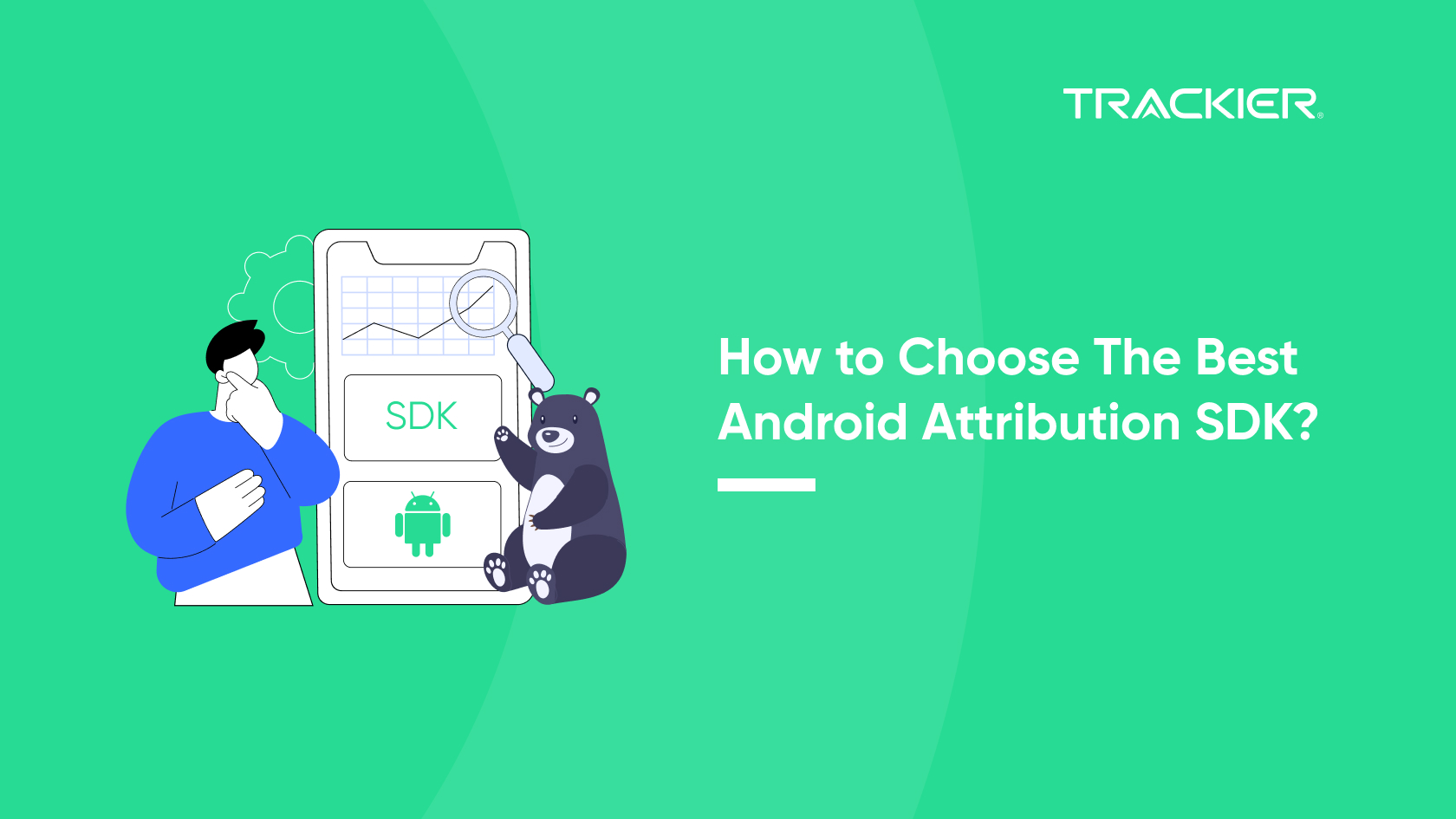The advent of technology in business has spiced up the digital spectrum with more competition, turning it into a performance-driven playing field. Following the same, digital marketing and affiliate programs have become pivotal to the new marketing arsenal, resulting in marketers to be under constant pressure to optimize partnerships and drive maximum ROI. Hence, monitoring every aspect of a marketing campaign and finding the actual return on every partnership is of paramount importance today.
Accurate attribution of your marketing program allows you to understand the customer’s buying behaviour through click paths. Marketers can identify various touchpoints and steps that a consumer took, which lead to making the actual purchase. A price can be set on different stages depending upon their relevance to the enterprise. Generally, there are three touch points called –
- Introducer (First touchpoint)
- Assist (Middle touchpoint)
- Closer (Last touchpoint)
Various risk factors need to be considered to juice out the maximum ROI from your marketing programs or campaign. Here are some risk factors that directly impact the ROI for your marketing program –
Data –
Data is the primary step to incorporate attribution in your marketing program. The data accumulated and used should be recent to build a feasible attribution model; if not, you will not be paying the right publishers and might even lose some valuable partnerships. Hence, the data should be genuine and updated.
TouchPoints –
More the number of touchpoints, the higher the chances of creating a sale. It takes a lot of effort to turn a lead into an actual sale, and multiple touchpoints allow the marketer to navigate the precise moment where a cold lead transitioned into a sale. However, having numerous touchpoints brings along the challenge of allocating funds to a specific touchpoint. Generally, seven touchpoints are deemed ideal for an affiliate marketing program.
Time Frame –
An affiliate program can be both a sustained practice or a short-lived initiative depending upon the product, demography, timeline, etc. It is possible that today’s efforts will bear fruit in the coming week, month, or even a year. Hence, marketers need to assess the program’s right timeline and find a way to match the source of the purchase.
External factors –
Digital marketers are yet to find a robust mechanism that separates the external factors like economic growth from the campaign’s individual effectiveness. Other factors like positive or negative publicity, advertising, brand building, etc. might augment or reduce the marketing mix’s sales aspect, influencing the perception of the program’s effectiveness.
Wasteful Associations –
Often marketers tend to decrease the ROI by a poor match of publishers and payments. This can significantly hamper the ROI of an enterprise. An accurate attribution software might get handy in zeroing in on the value and fixing a commission accordingly. The ROI extracted from each publisher should be computed with the amount of commission paid to find the gap.
Attribution is directly related to your marketing program’s cost and ROI, with it comes a deeper understanding of your publisher network. A marketer can rebalance the commission structure and incentivize the partners who are triggering sales. Marketers need to sustain this practice by a continued evolution and establishing a multi-touch attribution.
In this performance-driven world, marketing professions need to work pragmatically in finding what works on a granular level. Incorporating the above factors will minimize attribution risks to the bare minimum, giving you a more in-depth insight into your marketing program, and driving significant ROI.


